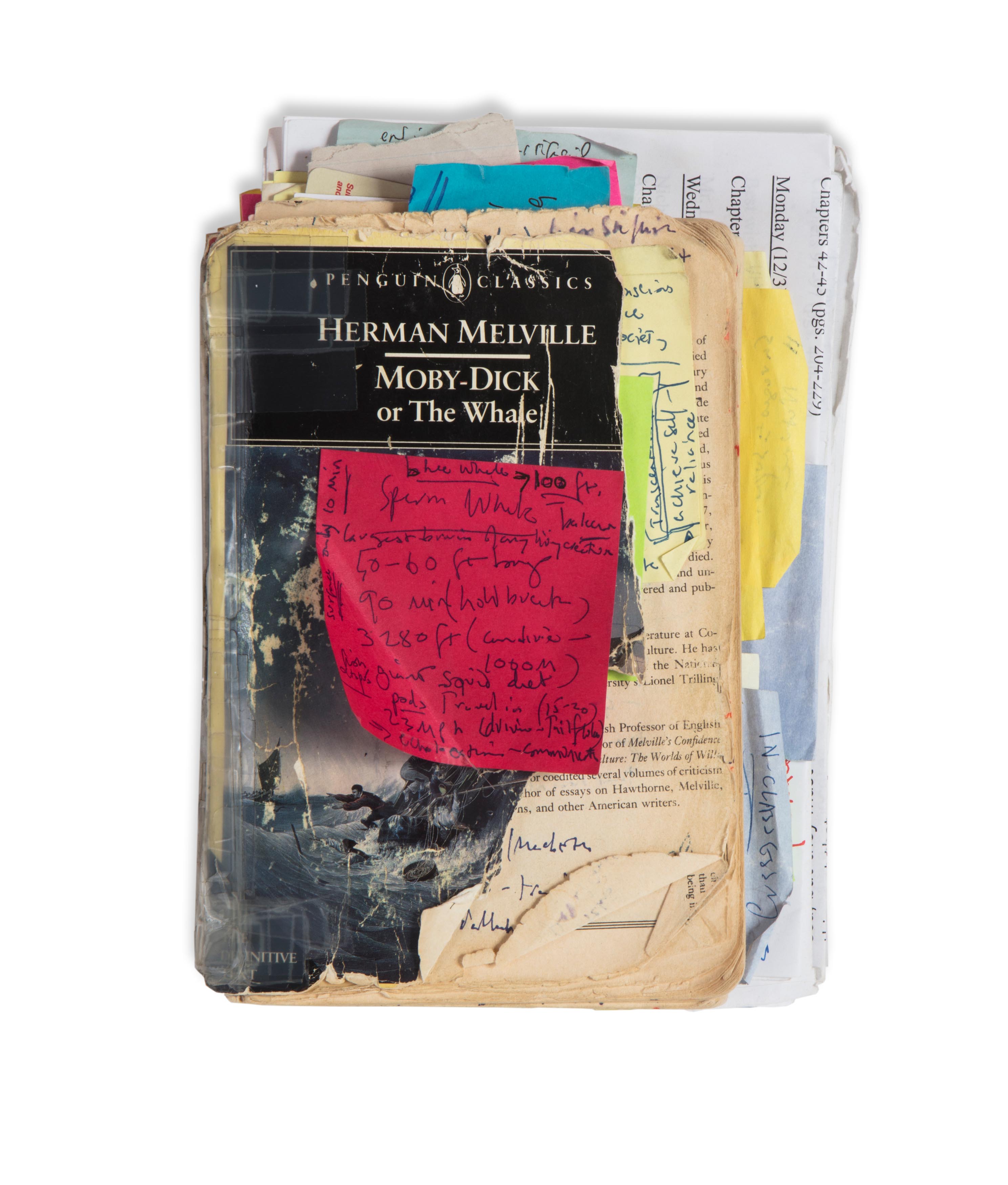79. The Ship

“…To a certain extent, I feel as if I have always been teaching and living Moby Dick because it centers on a voyage. In this novel, Dalton students can discover their own models for a ship and a family and a voyage; Melville encourages us all to “go forth” and embrace the challenges.”
—Lisa Stifler, English Teacher and Director of Individualized Student Programs

My life at Dalton preceded my own family, it then defined the arc of my family, and it has always defined our community as family. Kind of like a ship. And kind of like Moby-Dick. To a certain extent, I feel as if I have always been teaching and living Moby-Dick because it centers on a voyage. Naturally, when a novel begins with its protagonist “circumambulating” the “insular city of the Manhattoes,” one who is living in New York is drawn to the mystery of the ship — and to the life of the men on the Pequod. In a teaching career, we are fortunate to share the journeys of our students for a brief time and Moby-Dick has always provided me with that touchstone for remembrance.
I have often described Melville as identifying several distinct ‘threads’ to follow while reading Moby-Dick. Everyone has their favorite ‘thread,’ and while I stand by the philosophical statement of “nothing exists in itself” as a zen statement well ahead of its time, my favorite moment may well be in the Chapel, where Queequeg and Ishmael both find themselves seated near each other once again as part of a family of whalers. It is in this novel where Dalton students can discover their own models for a ship and a family and a voyage; Melville encourages us all to “go forth” and embrace the challenge.
—Lisa Stifler, English Teacher & Director of Individualized Student Programs